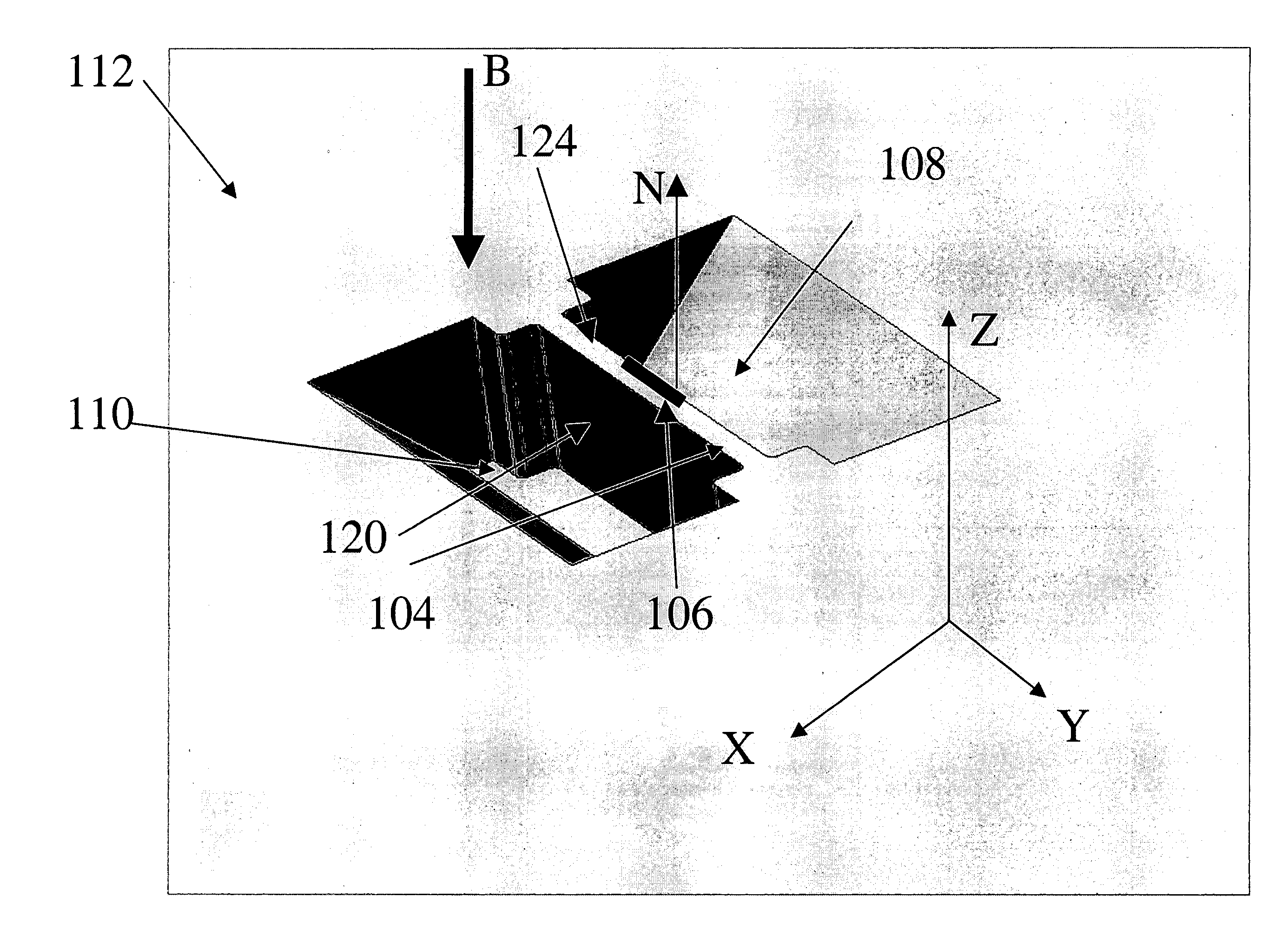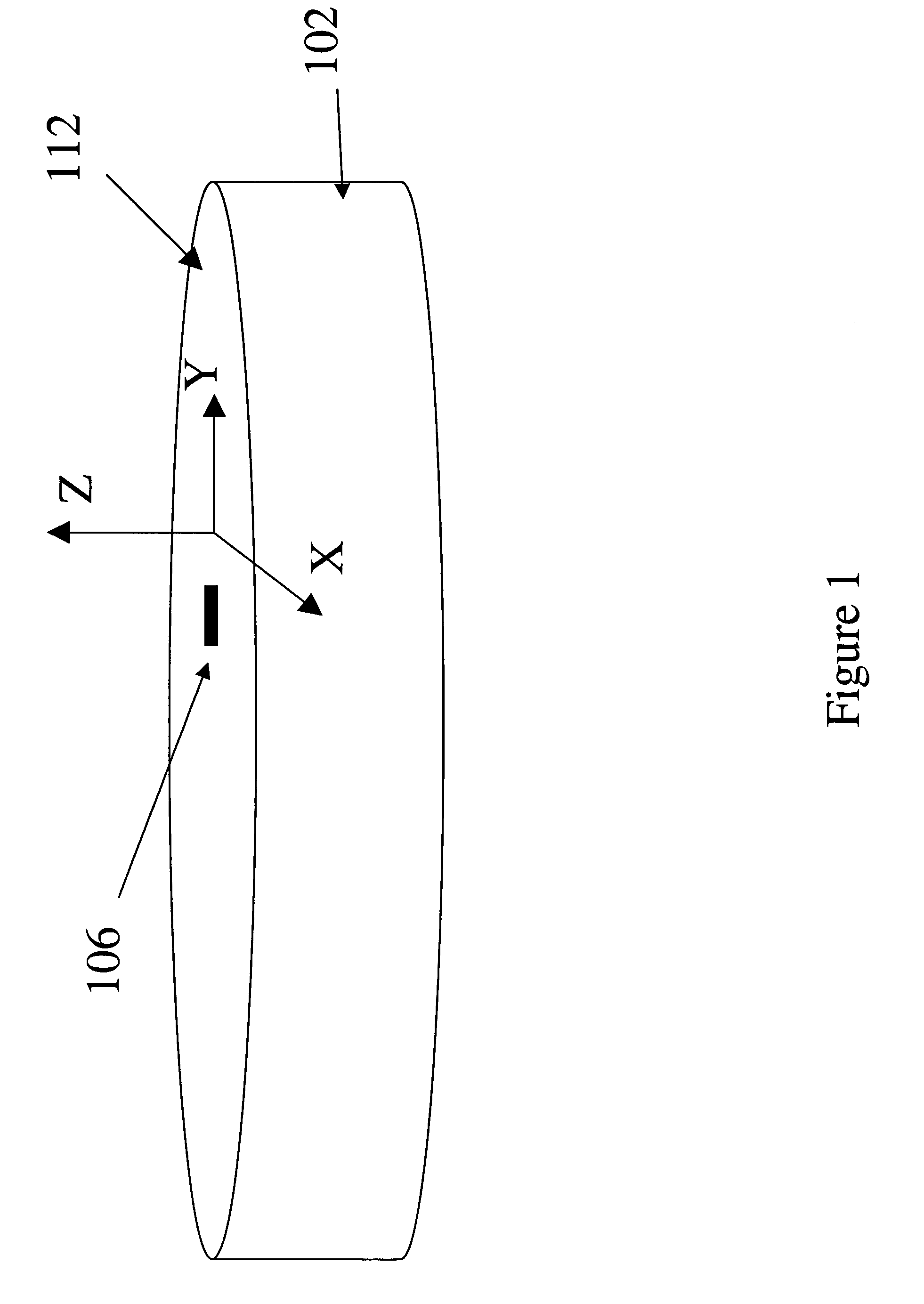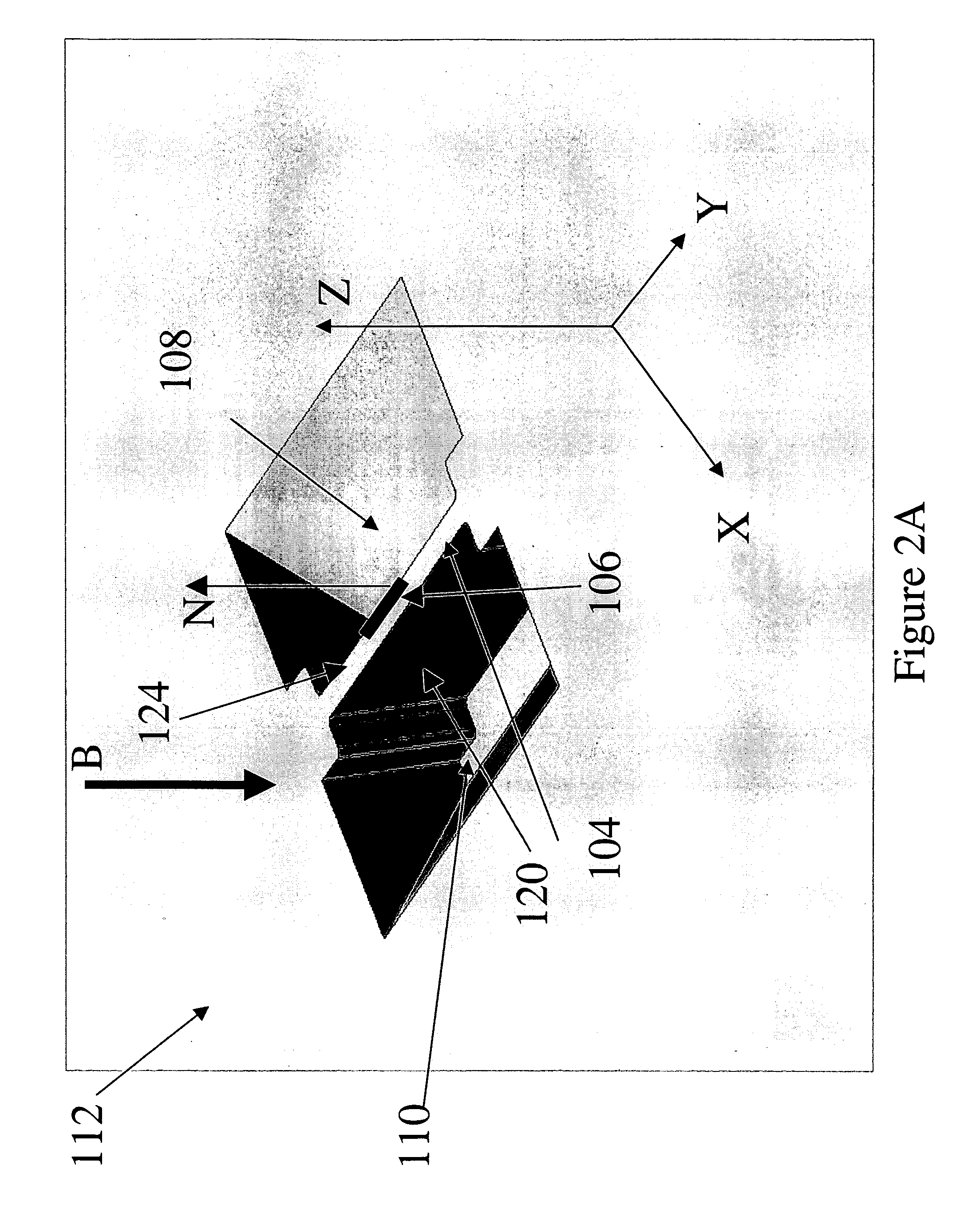Method and apparatus for sample formation and microanalysis in a vacuum chamber
a vacuum chamber and sample technology, applied in semiconductor/solid-state device testing/measurement, instruments, therapy, etc., can solve the problems of brittle thin samples extracted from wafers, affecting reducing the economic impact of defect analysis on the overall cost of manufacturing process, so as to achieve the effect of reducing the economic impact of defect analysis and facilitating automation
- Summary
- Abstract
- Description
- Claims
- Application Information
AI Technical Summary
Benefits of technology
Problems solved by technology
Method used
Image
Examples
Embodiment Construction
[0129]It should be understood that the class of embodiments described herein provides only a few examples of the many advantageous uses of the innovative teachings herein. In general, statements made in the specification of the present application do not necessarily delimit any of the various claimed inventions. Moreover, some statements may apply to some inventive features but not to others.
[0130]In accordance with many embodiments of the present invention, a disclosed method for sample formation begins with cutting of a portion of an object. In one specific embodiment, the object is a semiconductor wafer, though in other embodiments, exemplary objects include a biological material, a micromechanical device, a thin film, etc.
[0131]FIG. 1 provides an exemplary illustration of an object 102 from which a portion is to be extracted near a target location 106, the object 102 including an upper or outer surface 112. In FIG. 1, the object 102 depicted is of cylindrical shape, though this ...
PUM
 Login to View More
Login to View More Abstract
Description
Claims
Application Information
 Login to View More
Login to View More - R&D
- Intellectual Property
- Life Sciences
- Materials
- Tech Scout
- Unparalleled Data Quality
- Higher Quality Content
- 60% Fewer Hallucinations
Browse by: Latest US Patents, China's latest patents, Technical Efficacy Thesaurus, Application Domain, Technology Topic, Popular Technical Reports.
© 2025 PatSnap. All rights reserved.Legal|Privacy policy|Modern Slavery Act Transparency Statement|Sitemap|About US| Contact US: help@patsnap.com



